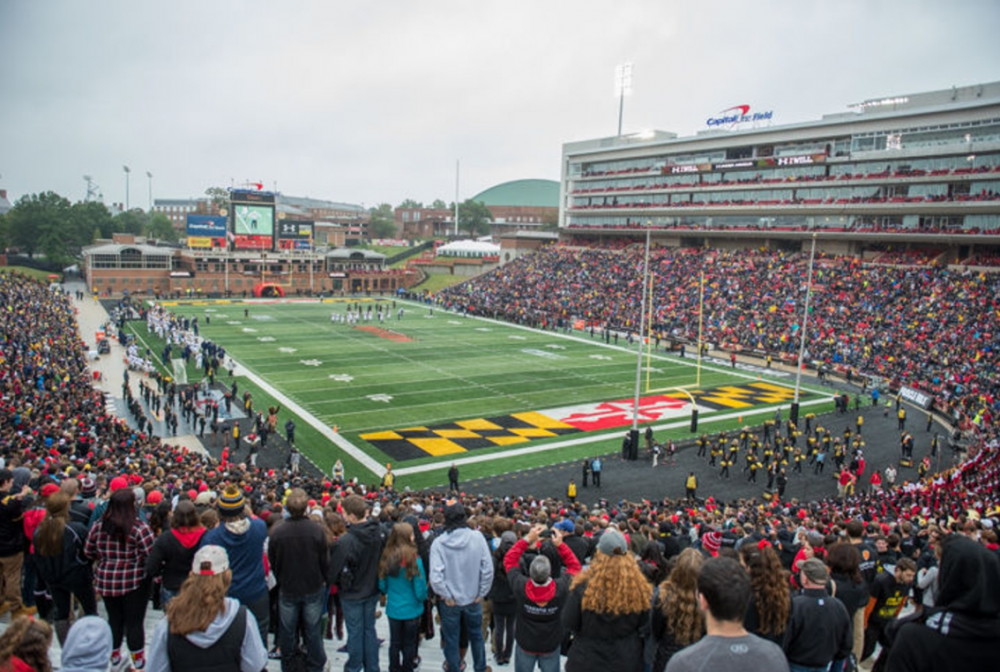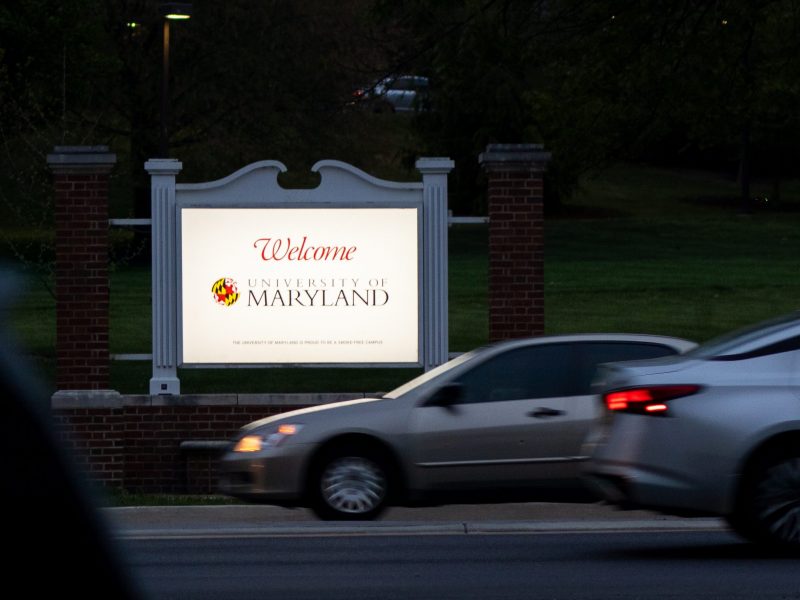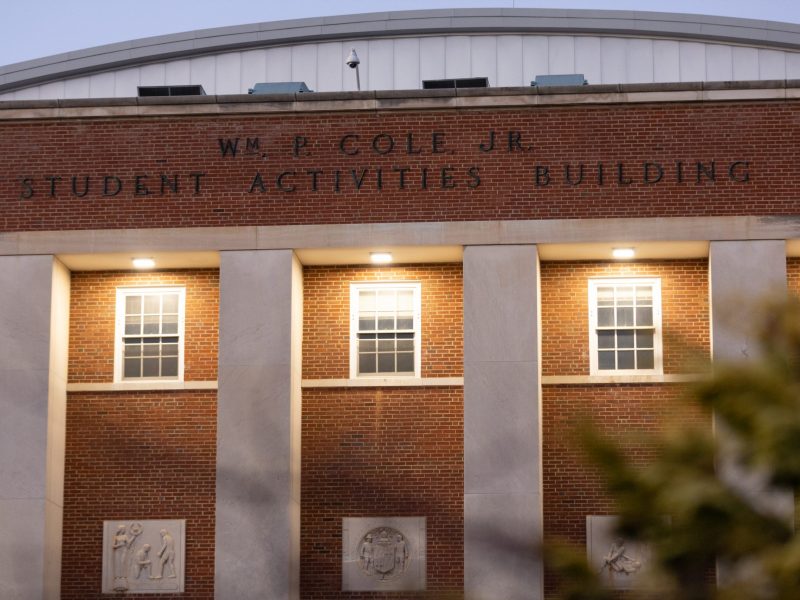The second year of alcohol sales at University of Maryland basketball and football games generated a net profit for the first time since the initiative began in 2015, according to Joe Mullineaux, Dining Services senior associate director.
In total, the sales garnered $1,012,534, Mullineaux said. Then, last year’s debts, which arose due to startup costs, were repaid, and the predetermined $200,000 was granted primarily to Terps After Dark, which provides an alternative to drinking with alcohol-free late night events on the campus. As a result, the profits were reduced to $100,615, Mullineaux said. Terps After Dark will receive $200,000 from the sale profits each year.
Even though this year’s sales yielded a profit, it is still far from what university President Wallace Loh predicted the profits would be and far from his initial promises.
In an email sent to the campus community before the 2015-16 school year, Loh wrote that the money from newly sanctioned alcohol sales at athletic events — estimated at $500,000 per year — would partially go toward sexual assault prevention and mental health counseling.
[Read more: Beer sales at UMD athletic venues do not generate profit in first year]
However, after startup costs — which were necessary to begin alcohol sales — there were no profits during the 2015-16 year to go toward those initiatives, with the university incurring a $333,650 loss. These startup costs included: about $260,000 in infrastructure changes in Maryland Stadium and Xfinity Center, about $322,000 in beer-serving equipment, $60,000 in additional equipment within concession stands, $12,000 on signage and marketing materials and about $105,000 on ID-checking devices, employee training and other training materials.
“The main reason in allowing alcohol sales is not for profit but to increase fan experience,” Mullineaux said. “Because we have worked so diligently to promote Maryland beers, 33 percent of sales are craft beers at the university, where in professional venues they are only 2 percent of sales. It’s not about getting drunk, it’s about enjoying the taste of the beer.”
The profits from the 2016-17 year will be split evenly between sexual assault prevention and counseling services at this university, according to Vice President for Student Affairs Linda Clement. Clement did not provide additional details regarding which offices or departments would receive the funds.
“We are pleased that money earned from alcohol sales at Maryland Stadium and Xfinity Center provides additional funds to support student services,” Clement said. “We continue to make substance-free Terps After Dark programming a priority, and extra money this year allows us to bolster sexual assault prevention and counseling services as well.”
Alcohol sales at athletic events has also led to a decrease in drinking-related misconduct at games.
[Read more: After Cole Field House renovations, Maryland football will get to the stadium by tunnel]
There were 61 ejections in the football stadium during the 2014-15 year, but during the first year of the alcohol sales in 2015-16, ejections decreased to 18, according to statistics provided by police spokeswoman Sgt. Rosanne Hoaas. During the 2016-17 year, there were 12 ejections from the football stadium.
During the 2014-15 year, 12 people were ejected from the men’s basketball games. In 2015-16, there were seven ejections and in 2016-17 there were no ejections.
This is due in part to the strict measures the university takes to limit alcohol consumption at the games, Mullineaux said. There is a one drink per person rule and anyone who appears to be under 40 is carded, using equipment that reads the barcodes and 3D scans on driver licenses. The venues also cannot accept any vertical ID’s. The police department also has “mystery fans” who are dressed up as fans and patrol the stadiums during games.
“We take it very seriously – our motto has been we sell responsibility not beer,” Mullineaux said. “Our beer carts even say drink responsibility.”
Even though profits are below Loh’s goal, Mullineaux feels that it will increase in the future.
“When we first started we estimated that for every one and a half seats, there would be one beer sold — that number is pretty right on,” he said. “As we fill the Maryland stadium more and as the non-conference basketball games fill those seats, sales should go up for alcohol — and food — too.”
Senior staff writer Christine Condon contributed to this report.



